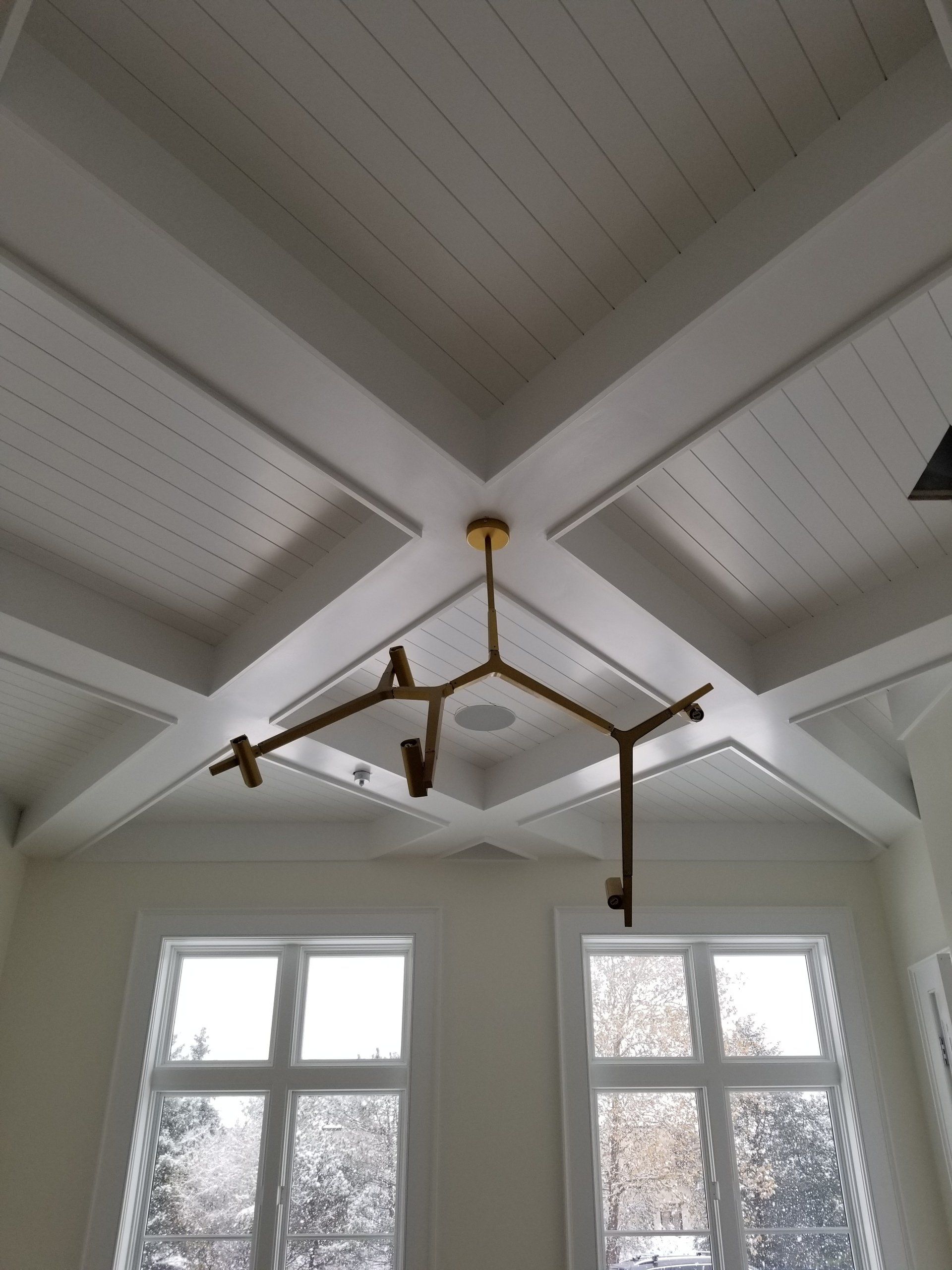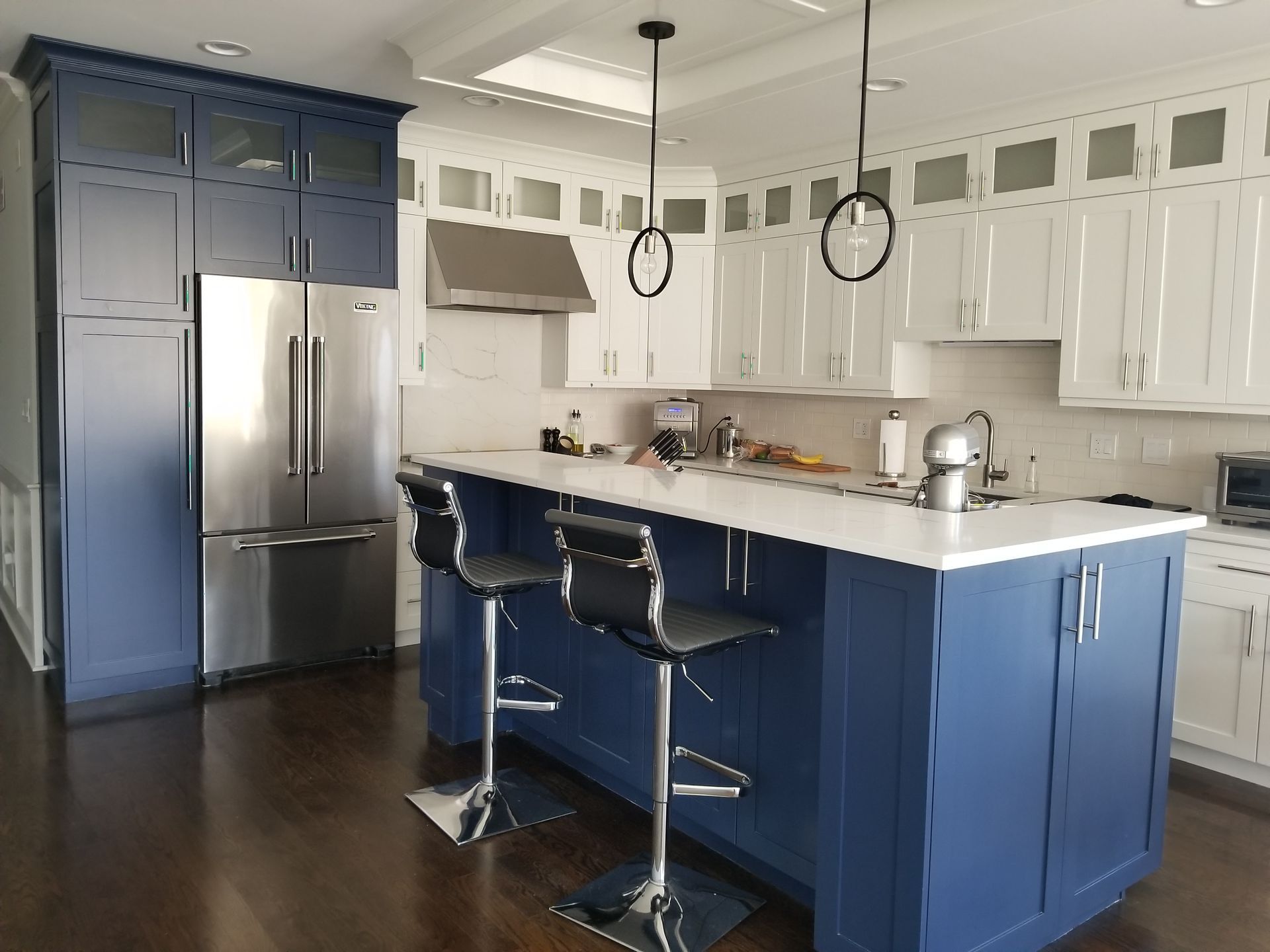Why Is My Deck Peeling?
UV Rays and Moisture

The sun's ultraviolet (UV) rays and moisture are the primary culprits behind deck paint or stain failure. UV rays are particularly harmful as they break down the molecular bonds in the coating, leading to its deterioration. This process, known as photodegradation, can cause the coating to become brittle and peel away from the wood.
Moisture, on the other hand, can seep into the wood and cause it to swell and contract, leading to cracks and warping. This constant expansion and contraction weaken the bond between the coating and the wood, making it more prone to peeling.
To add insult to injury, when the sun isn’t chipping away at your deck's protective layer, rain and moisture sit on the surface, further compromising the coating's integrity. This constant cycle of exposure to UV rays and moisture can significantly reduce the lifespan of your deck's coating.
Having deck issues? We are here to help. Contact us today to schedule your deck staining estimate.
Importance of Protective Coatings
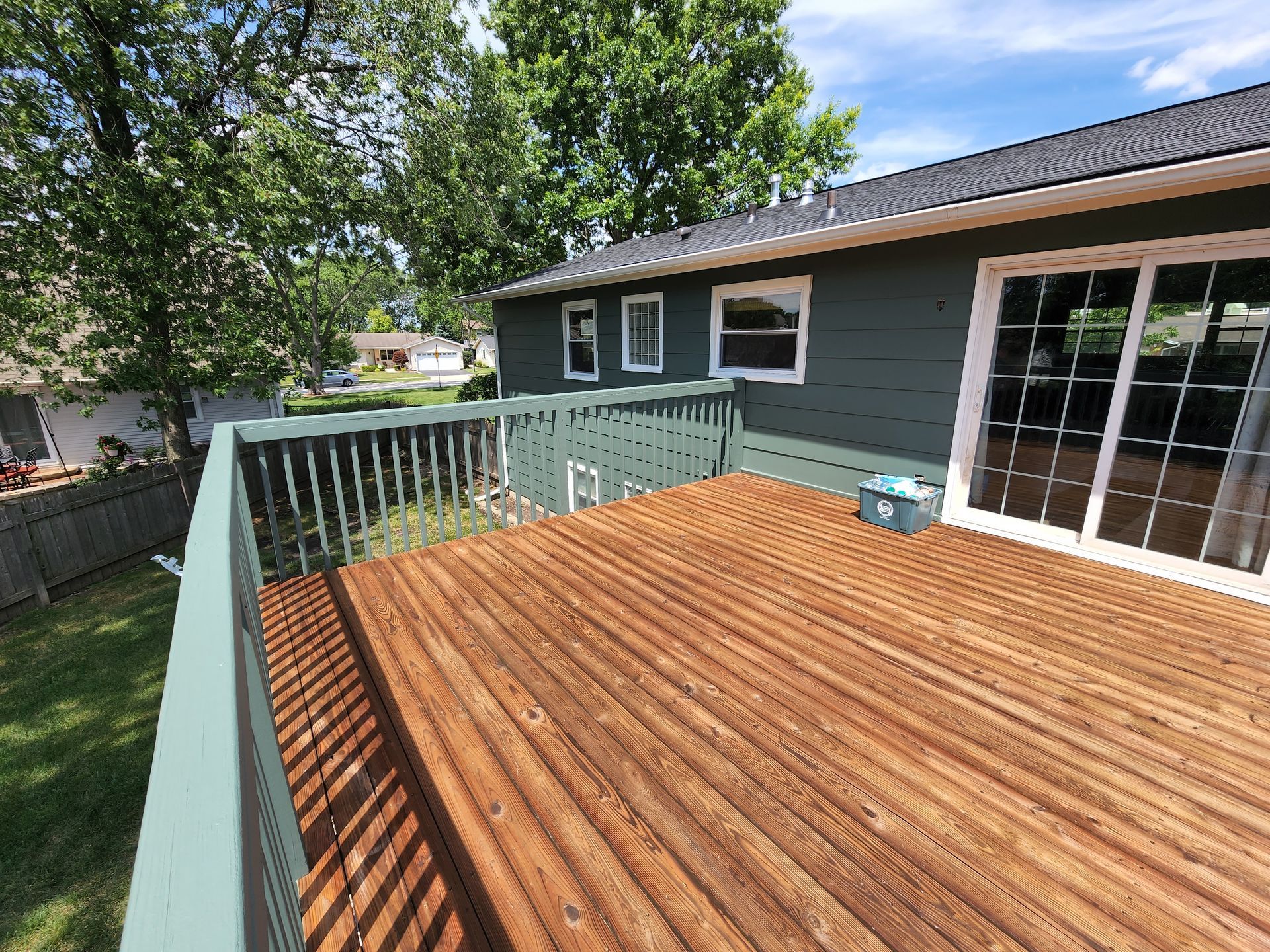
Despite the inevitable degradation of coatings, staining or painting your deck is crucial for its protection. These coatings act as a barrier, shielding the wood from the elements and prolonging its life. Without protective coatings, your deck floor would deteriorate rapidly, leading to warping, splitting, and an overall diminished appearance.
By applying a protective coating, you are essentially giving your deck an extra layer of defense against UV rays, moisture, and other environmental factors. This not only enhances the aesthetic appeal of your deck but also extends its lifespan, saving you time and money in the long run.
Need help with your home's exterior? Let us know! We are here to help.
Understanding Wood Degradation

When wood is exposed to natural elements, its fibers, including lignin, begin to degrade. Lignin acts as the skeleton of the wood, providing structural support. If this backbone starts to deteriorate, the wood fibers lose their cohesion, leading to visible signs of wear and tear on your deck.
As the lignin breaks down, the wood becomes more susceptible to damage from UV rays and moisture. This can lead to warping, cracking, and splitting, which not only affect the appearance of your deck but also compromise its structural integrity.
Role of Stains in Deck Protection
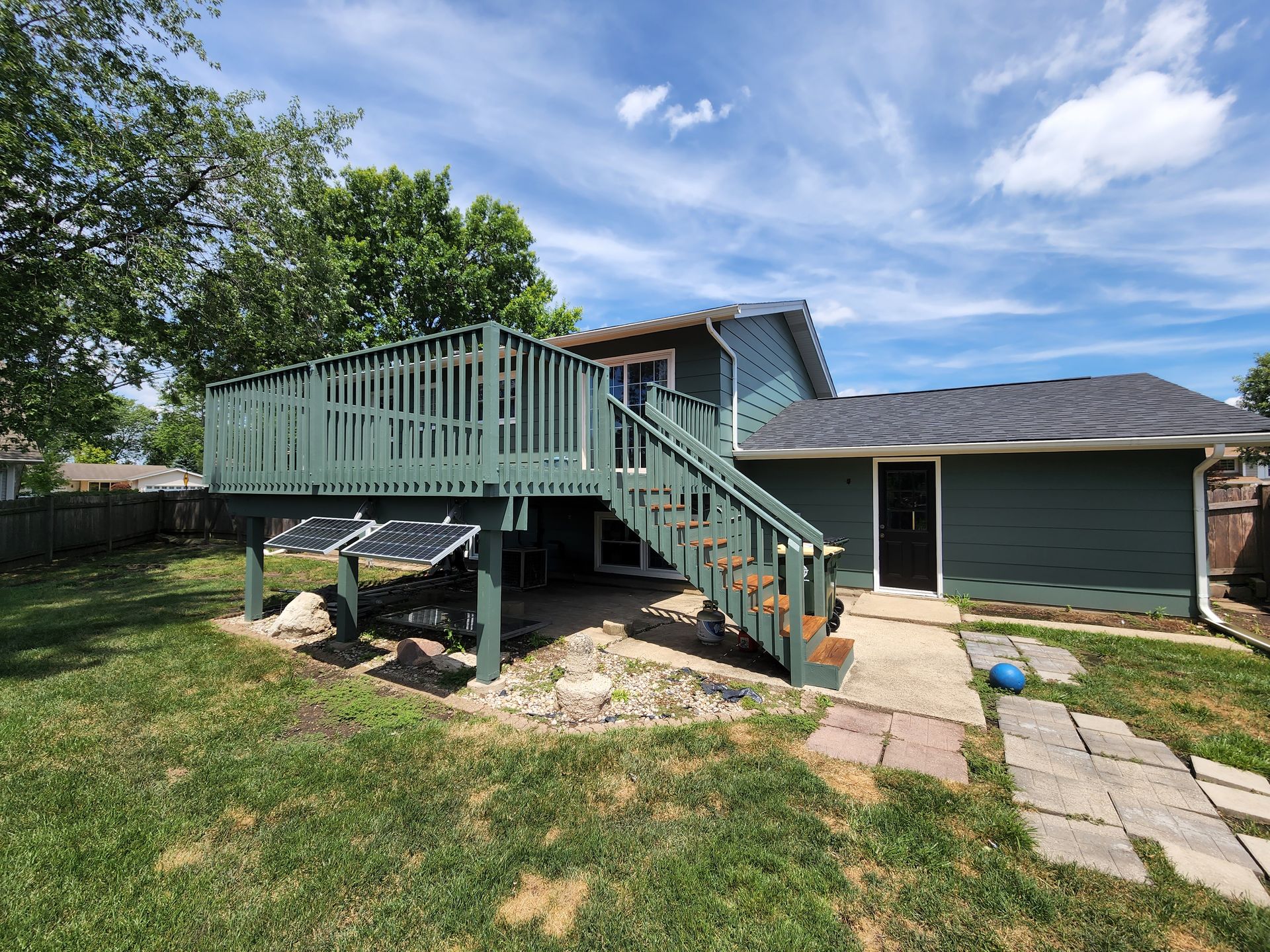
Stains are designed to protect your deck by providing a layer of defense against UV rays and moisture. They contain UV blockers and sealers that keep elements out and wood fibers protected within. While stains are effective, they have a limited lifespan and need to be reapplied every 2-3 years, depending on the level of exposure your deck receives.
Stains not only protect your deck from the elements but also enhance its natural beauty. They come in a variety of colors and finishes, allowing you to customize the look of your deck while providing long-lasting protection.
Factors Contributing to Premature Deck Coating Failure
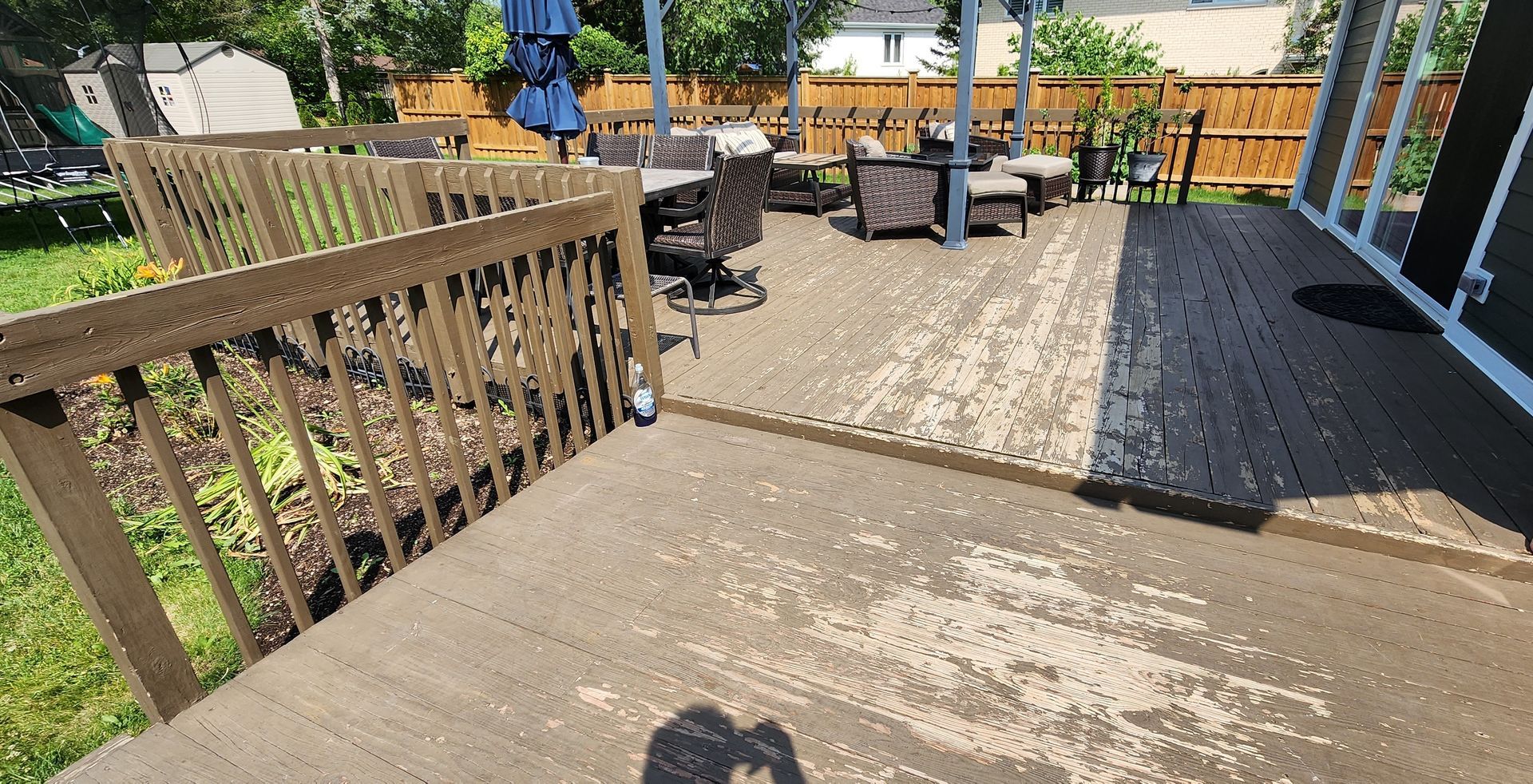
Several factors can contribute to the premature failure of your deck's coatings. Poor deck construction, especially regarding moisture management, is a common issue. Moisture trapped under your deck can lead to pressure build-up, causing blisters and peeling within a short period.
Other factors, such as improper surface preparation, applying stain when its too hot or too cold and using the wrong type of coating for your deck, can also contribute to premature failure. It's essential to address these issues to ensure that your deck's coating lasts as long as possible.
Proper Deck Surface Preparation
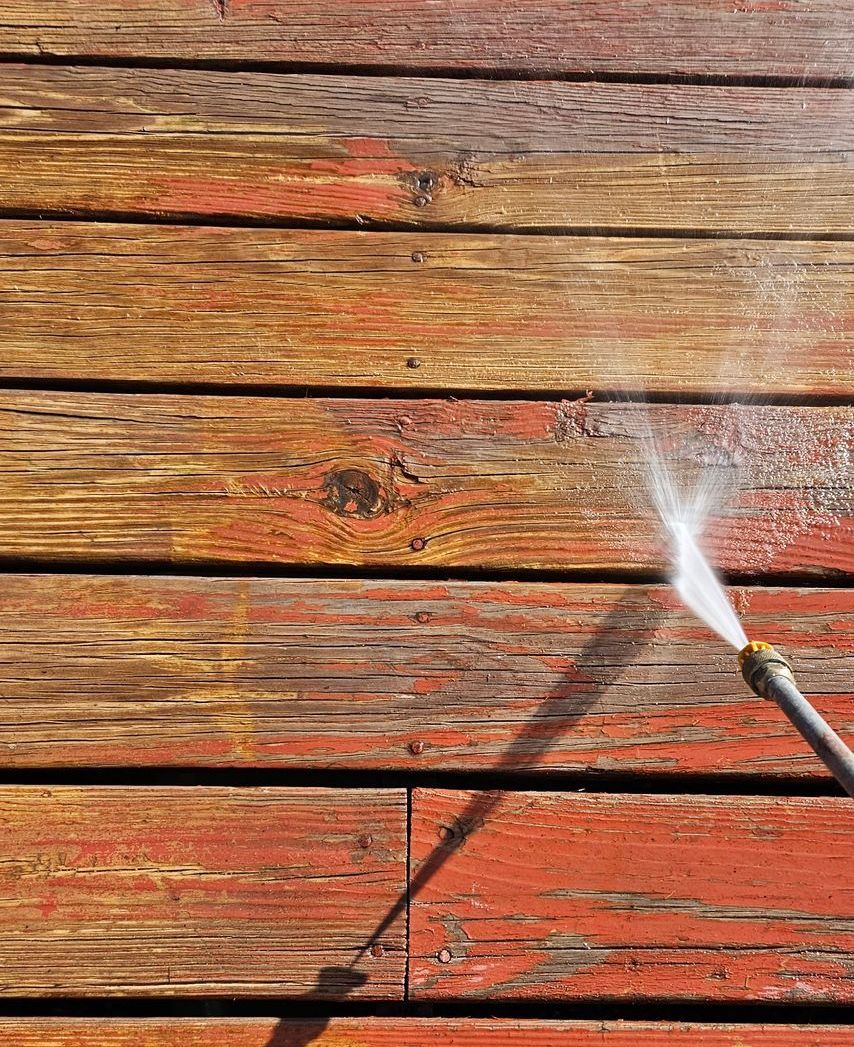
Proper preparation of the deck surface is essential before applying a new coat of stain or paint. This includes power washing to remove dirt, dead wood fibers, and loose stain, followed by scraping and sanding to smooth out any rough areas. The goal is to create a clean, smooth surface for the new coating to adhere to effectively.
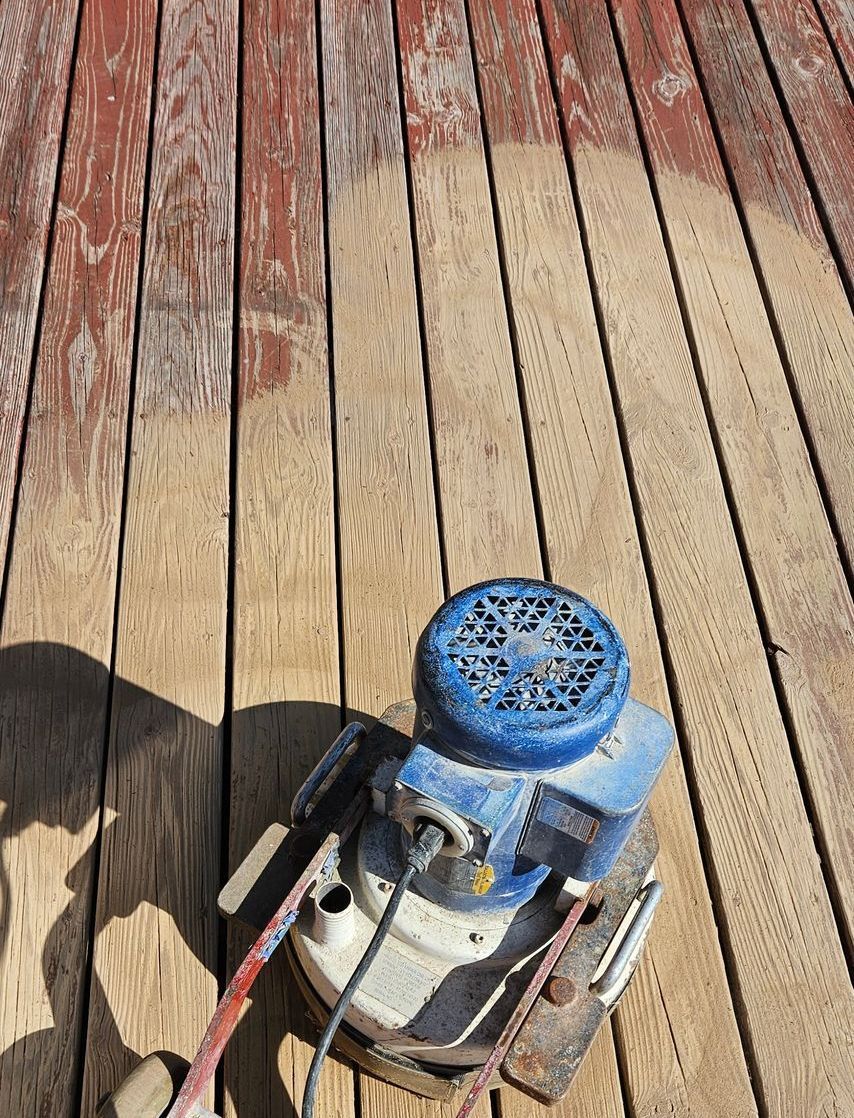
Types of Stains and Their Maintenance
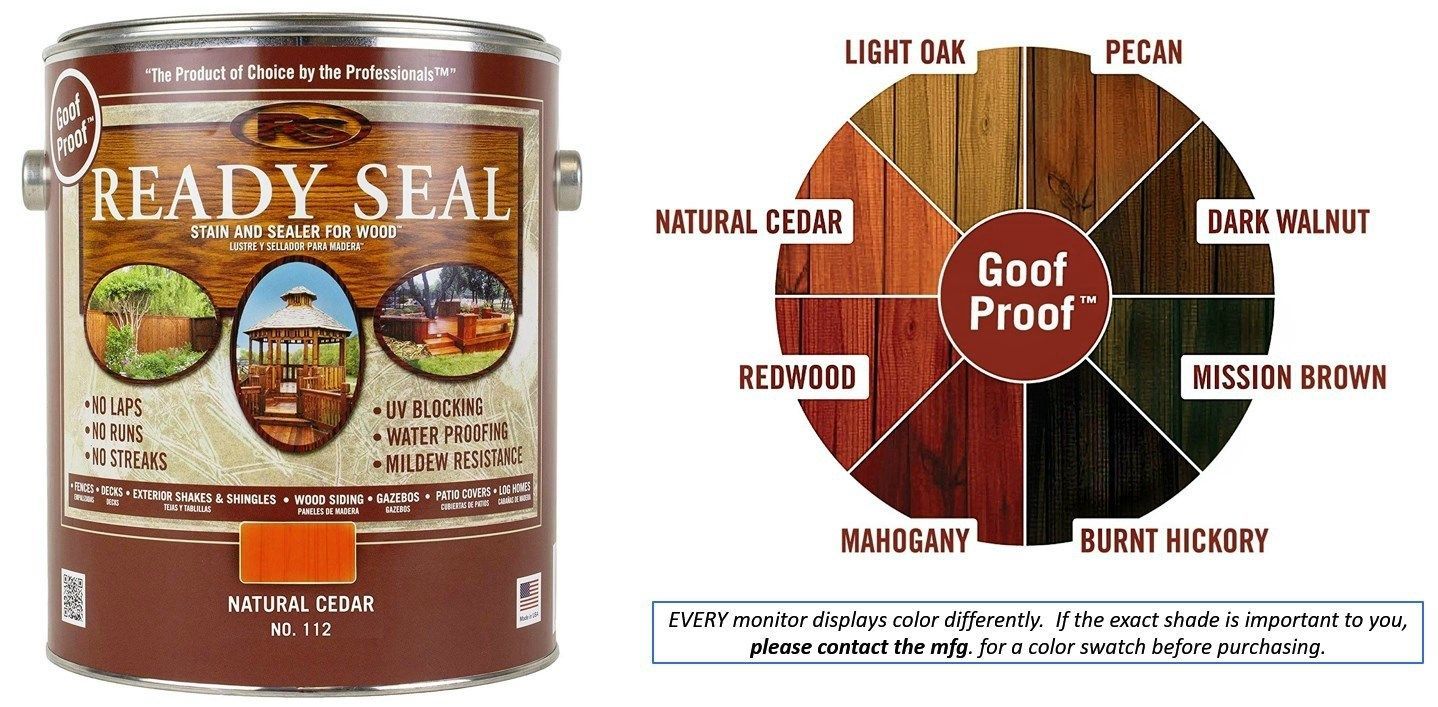
There are two main types of stains: translucent and color-tinted. Translucent stains enhance the natural wood tones while providing protection. Color-tinted stains offer more coverage and come in different levels of opacity, from translucent to solid. The type of stain you choose depends on the condition of your deck and the desired look.
Translucent stains are ideal for maintaining the natural beauty of your deck, while color-tinted stains can help hide imperfections and provide a more uniform appearance. It's essential to choose the right type of stain for your deck to ensure long-lasting protection and beauty.
Choosing the Right Stain for Your Deck
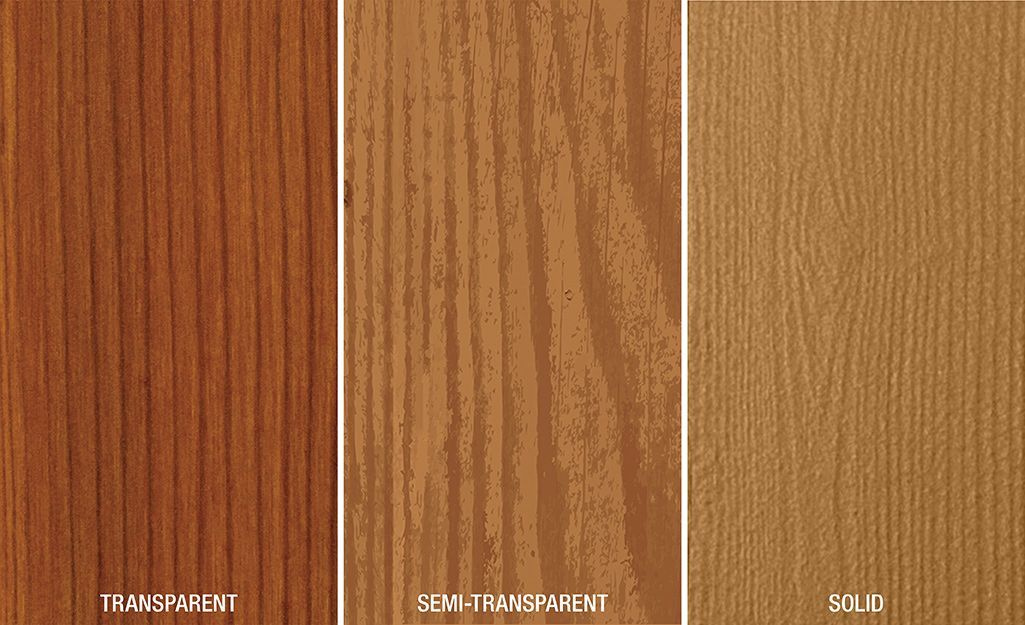
If your deck already has a solid stain color, it's best to stick with the same type to maintain consistency. However, for new decks or those previously stained with translucent stain, consider using an oil-based translucent stain. Oil-based stains have a longer open time, allowing them to penetrate deeper into the wood for better protection.
Maintenance Tips for Your Stained Deck
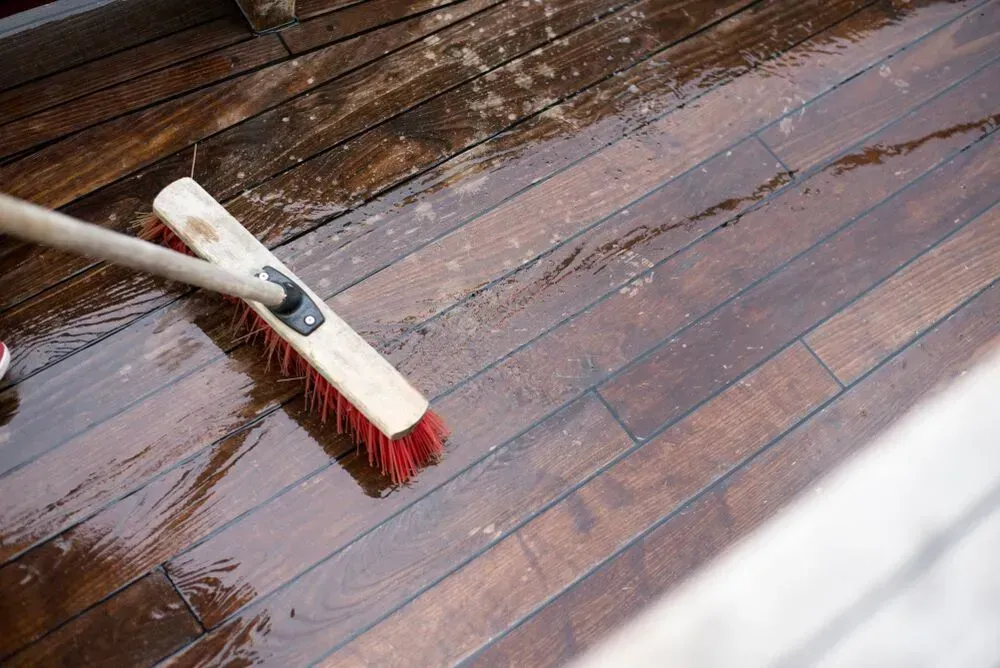
Proper maintenance of your stained deck is key to prolonging its lifespan. Regularly inspect your deck for signs of wear and tear, and reapply stain as needed. Keep the deck surface clean and free of debris, and avoid using harsh chemicals that can damage the coating. With proper care and maintenance, your stained deck can provide years of enjoyment and beauty.
